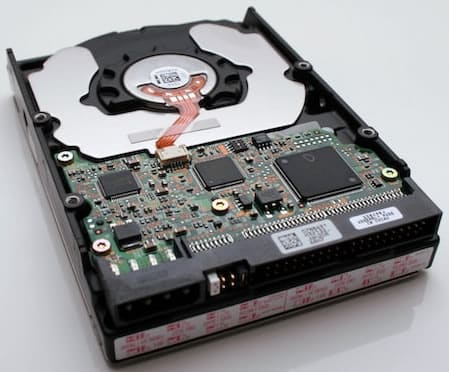How To Prevent Ransomware Attacks in 2023
Ransomware attacks have become a major threat to both individuals and organizations in recent years. These attacks involve hackers encrypting a victim’s files and demanding a ransom from the victim to restore access to the files. In 2023, it is important to take steps to protect yourself and your organization from ransomware attacks. Here are some recommendations for preventing ransomware attacks:
- Keep your operating system and software up to date: One of the most effective ways to protect against ransomware is to ensure that your operating system and all of your software is up to date. Software updates often include security patches that fix vulnerabilities that could be exploited by hackers.
- Use a firewall: A firewall is a network security system that monitors and controls incoming and outgoing network traffic based on predetermined security rules. A firewall can help to prevent ransomware from entering your network.
- Use antivirus software: Antivirus software can detect and remove malware, including ransomware, from your computer. It is important to keep your antivirus software up to date to ensure that it can detect the latest threats.
- Enable popup blockers: Popup blockers can prevent malicious websites from opening automatically when you visit a compromised website. This can help to prevent ransomware from being downloaded onto your computer.
- Be cautious when opening emails and attachments: Ransomware is often spread through email attachments and links. Be cautious when opening emails and attachments, especially if you do not know the sender.
- Use strong passwords: Strong passwords can help to prevent unauthorized access to your accounts. Use a different, strong password for each of your accounts, and use a combination of letters, numbers, and symbols.
- Enable two-factor authentication: Two-factor authentication adds an extra layer of security to your accounts by requiring you to enter a code sent to your phone or email in addition to your password when logging in.
- Regularly backup your data: If you do become a victim of ransomware, having a recent backup of your data can make it easier to recover. It is important to regularly backup your data to an external hard drive or a cloud-based service.
By following these recommendations, you can help to protect yourself and your organization from ransomware attacks in 2023. Incase your organization is attacked and data is encrypted, you can look for professional ransomware recovery services near you.
Ransomware variants to watch out for in 2023
It is difficult to predict exactly which ransomware strains will be the most prevalent in 2023, as the threat landscape is constantly evolving. However, there are a few ransomware strains that have been particularly active in recent years and are likely to continue to be a threat in 2023:
- Ryuk: Ryuk is a strain of ransomware that has targeted primarily large organizations, such as hospitals and school districts. It is believed to be operated by a Russian-speaking hacker group.
- WannaCry: WannaCry is a strain of ransomware that gained notoriety in 2017 for its widespread attacks on organizations around the world. It exploits a vulnerability in older versions of the Windows operating system and can spread rapidly within a network.
- LockerGoga: LockerGoga is a strain of ransomware that has targeted primarily industrial and manufacturing organizations. It is known for its ability to disrupt operations by encrypting not only files, but also controllers for industrial control systems.
- Maze: Maze is a strain of ransomware that has targeted primarily large organizations. It is known for its use of “double extortion,” in which the attackers not only encrypt the victim’s files, but also threaten to release the victim’s data publicly if the ransom is not paid.
It is important to remain vigilant and protect yourself and your organization from all strains of ransomware, not just those listed here. It is also essential to keep your operating system and software up to date, use a firewall and antivirus software, enable popup blockers, be cautious when opening emails and attachments, use strong passwords, enable two-factor authentication, regularly backup your data and adopt a ransomware incident response plan.







